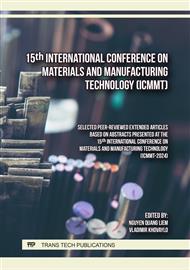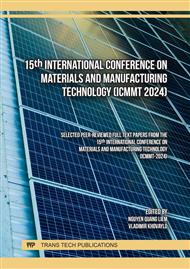p.19
p.27
p.35
p.41
p.51
p.59
p.67
p.77
p.85
Comparative Performance Analysis of Reclaimed Asphalt Pavement and Virgin Aggregates as Base Layer Materials in Flexible Pavement
Abstract:
Natural virgin aggregate (VA) has been the conventional material of choice for base layer construction in flexible pavements. However, the ever-increasing demand for VA has put a lot of strain on its supply, therefore leading to indiscriminate mining operations. The present practice is not only unsustainable but also expensive. Switching to recycled aggregate materials as an alternative construction material could prove to be both sustainable and cost-effective in the long run. Two pavement sections were analyzed to compare the performances of VA and reclaimed asphalt pavement (RAP) treated with bitumen emulsion as the base layer material. The pavement sections were modeled and analyzed in a finite element analysis (FEA) program called FlexPAVETM. Pavement response analysis was carried out to obtain the critical strains. Pavement performance analysis was accomplished to assess the fatigue cracking performance at the end of the service life of 20 years for both pavement sections. The simulation results revealed that RAP outperformed VA as a base layer material. The pavement section shows a 55.81% increase in its fatigue performance with the replacement of VA by RAP. The total predicted rut depth also decreased by 8.88%.
Info:
Periodical:
Pages:
51-57
Citation:
Online since:
September 2024
Authors:
Price:
Сopyright:
© 2024 Trans Tech Publications Ltd. All Rights Reserved
Share:
Citation:



